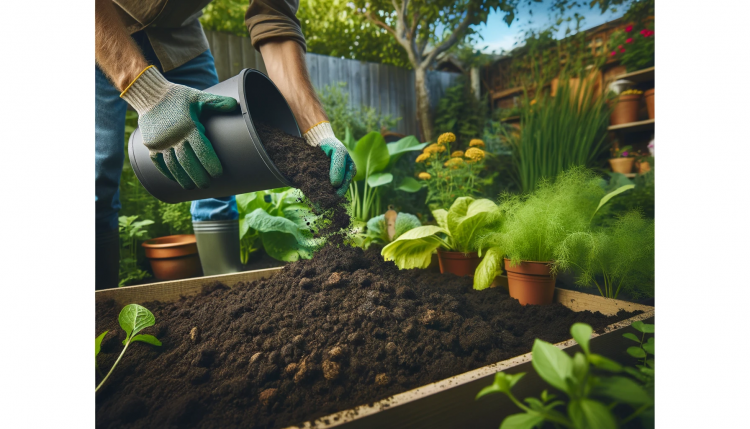
Healthy soil is the cornerstone of any successful garden. It’s not just about dirt; it’s a living, breathing ecosystem that requires balance and care. This guide will delve into the essential components and practices for building and maintaining healthy soil in your garden.
Understanding Soil Health
The Importance of Healthy Soil
Healthy soil supports plant growth by providing nutrients, oxygen, and water. It also houses a complex community of organisms that work together to maintain a balanced ecosystem.
Soil Composition
- Physical Composition: Soil is composed of minerals (sand, silt, clay), organic matter, water, and air.
- Soil Texture: The ratio of sand, silt, and clay determines the texture, affecting drainage and nutrient availability.
Enhancing Soil Structure
Organic Matter
- Compost: Adding compost improves soil structure, adds nutrients, and increases microbial activity.
- Decomposing Plant Material: Leaves, grass clippings, and other plant debris contribute to the organic matter in soil.
Soil Amendments
- Perlite and Vermiculite: Improve aeration and moisture retention in compact soils.
- Gypsum: Helps break up heavy clay soils.


Fostering Soil Life
The Soil Food Web
- Microorganisms: Bacteria, fungi, nematodes, and protozoa play crucial roles in decomposing organic matter and nutrient cycling.
- Earthworms and Insects: These larger organisms aerate the soil and contribute to the breakdown of organic material.
Encouraging Biodiversity
- Crop Rotation and Diversity: Planting a variety of crops reduces disease and pest pressure and supports a wider range of beneficial organisms.
Balancing Soil pH and Fertility
Understanding Soil pH
- pH Testing: Regular testing of soil pH is crucial as it affects nutrient availability to plants.
- Adjusting pH: Lime can be added to raise the pH of acidic soils, while sulfur can lower the pH of alkaline soils.
Nutrient Management
- Essential Nutrients: Plants require a range of nutrients, including nitrogen, phosphorus, potassium, and trace elements.
- Organic Fertilizers: Utilize organic fertilizers like bone meal, blood meal, and fish emulsion to provide a balanced nutrient supply.
Water Management and Soil Health
Improving Drainage
- Raised Beds: Can enhance drainage in heavy soils.
- Proper Grading: Ensures water flows away from plant roots, preventing waterlogging.
Conserving Moisture
- Mulching: Organic mulches help retain soil moisture and reduce evaporation.
- Drip Irrigation: Delivers water directly to plant roots, minimizing waste.


Long-term Strategies for Soil Health
Cover Cropping
- Green Manure: Planting cover crops like clover or rye and then plowing them into the soil adds organic matter and nutrients.
Reduced Tillage
- No-till or Low-till Gardening: Minimizes soil disturbance, preserving soil structure and microbial communities.
Regular Soil Testing
- Monitoring Changes: Regular soil tests can guide your ongoing soil management practices, ensuring your soil remains healthy and productive.
Healthy Soil is a Process
Building and maintaining healthy soil is an ongoing process that requires attention and care. By understanding your soil’s unique characteristics and working with natural processes, you can create a fertile foundation for your plants to thrive. Healthy soil not only supports robust plant growth but also contributes to a more sustainable and environmentally friendly garden ecosystem.





